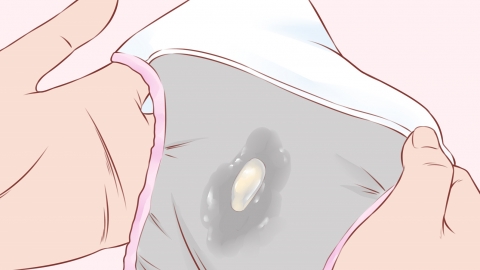What are the symptoms of abnormal vaginal discharge?
Generally, abnormal vaginal discharge mainly manifests through changes in color, odor, texture, secretion volume, and accompanying local discomfort. These symptoms are often related to health issues of the reproductive system. A detailed analysis is as follows:

1. Color change: Normal vaginal discharge is usually transparent or milky white. When abnormal, the color changes significantly. For example, yellow-green discharge may indicate trichomoniasis vaginitis; grayish-white discharge accompanied by a fishy smell often suggests bacterial vaginosis.
2. Odor abnormality: Normal vaginal discharge has no obvious unpleasant odor or only a mild physiological smell. When abnormal, a distinct odor may appear, such as a fishy smell, foul smell, or stench. A fishy smell is commonly seen in bacterial vaginosis, while a foul smell may indicate trichomoniasis infection.
3. Texture change: Normal vaginal discharge is thin, resembling egg white or paste-like with good elasticity. Abnormal changes in texture may occur, such as becoming thick and pus-like, which may indicate acute inflammation; curd-like or cottage cheese-like discharge is often associated with fungal infections.
4. Abnormal secretion volume: Under normal circumstances, the volume of vaginal discharge slightly fluctuates with the menstrual cycle, for example, more discharge during ovulation. Abnormal secretion volume may be significantly increased or decreased. For instance, sudden increase in vaginal discharge outside the ovulatory period soaking the underwear may be related to inflammation or endocrine changes.
5. Accompanying local discomfort: Abnormal vaginal discharge is often accompanied by local discomfort in the vulva or vagina, such as itching, burning sensation, pricking pain, or pain during sexual intercourse. These discomforts are mostly caused by the irritation of abnormal discharge on the vulvar mucosa or inflammation triggered by pathogenic infections.
In daily life, it is important to observe vaginal discharge, maintain cleanliness and dryness of the vulva, choose breathable and comfortable cotton underwear, and avoid excessive cleaning or misuse of vaginal washes. If any of the above abnormalities occur, timely attention and understanding of the causes are necessary, through adjusting lifestyle habits or necessary interventions to maintain reproductive health.




